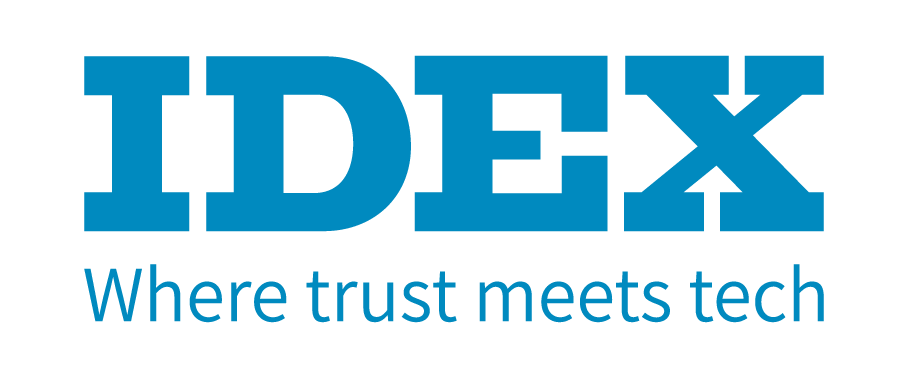Ruling to Require Licensing for Import of Gemstones Irradiated by Particle Accelerators
October 25, 07
Importers of radioactivity-producing particle accelerated materials will be required to obtain a license, when a ruling by the U.S. Nuclear Regulatory Commission goes into effect on November 30.
This ruling affects irradiated gemstones manufactured with neutron particle accelerators, a fact that is causing concern among companies that deal with particle accelerated, color-treated diamonds. Those who possess or distribute the materials will have additional time past this deadline in which to obtain the proper licensing.
The ruling follows an August 8, 2005 Environmental Protection Agency Act (EPAct) that expanded the definition of certain regulated “Byproduct” materials to include “any material that has been made radioactive by use of a particle accelerator and is produced, extracted, or converted after extraction, before, on or after the date of enactment of the EPAct for use in commercial, medical or research activity.”
Irradiated stones, manufactured by use of neutron particle accelerators, are the most prominent group of gemstones that fall under the ruling. Blue topaz is another notable example.
By contrast, color-treated diamonds, produced by means of an electron particle accelerator, which causes no nuclear activity and leaves no residual radioactivity in the material or the surrounding area, are exempt from NRC regulatory control. The ruling is notably vague on whether or not it will distinguish between the two, as well as on what will be required from a potential licensee to prove compliance with the law.
The NRC says that certain radium sources, accelerator-produced materials, and certain naturally occurring radioactive materials will become subject to regulation.
They also say that once the ruling goes into effect, accelerator produced radioactive material will come under the NRC's jurisdiction. At that point, the NRC will regulate accelerator irradiated gemstones in the same fashion that it currently regulates neutron (reactor) irradiated gemstones.
There is concern among members of the industry who deal in color-treated diamonds, notably those who manufacture with electron accelerators, that the NRC will not discriminate between those who use the two different types of accelerators and will attempt to require licensing from those whose color-treating machines produce no radiation. “I want the [NRC] to specifically state that diamonds are not included,” said one manufacturer who produces color-treated diamonds.
Some of these businesses are now in the process of trying to prove to
These dealers are also requesting clarification and assurance from the NRC that they will not be affected by the ruling. The NRC has said that, if their processes produce no radiation, the government body will not get involved. Although, according to the text of the ruling, they have no reason to worry, dealers are taking every precaution to make sure the commission understands their case and their exemption from the licensing requirements.
Additionally, the Jewelers’ Vigilance Committee has said that they are working on the ruling in their capacity as the leading association most expert in the area of legal compliance and communication with government regulators.
For those affected by the ruling, the initial importer and the first distributor must be licensed, but not the retailer or any additional distributors. The steps toward licensing, as well as fees and deadlines, are provided by NRC guidance documents provided on their website – www.nrc.gov
Click here for the original text of the ruling.